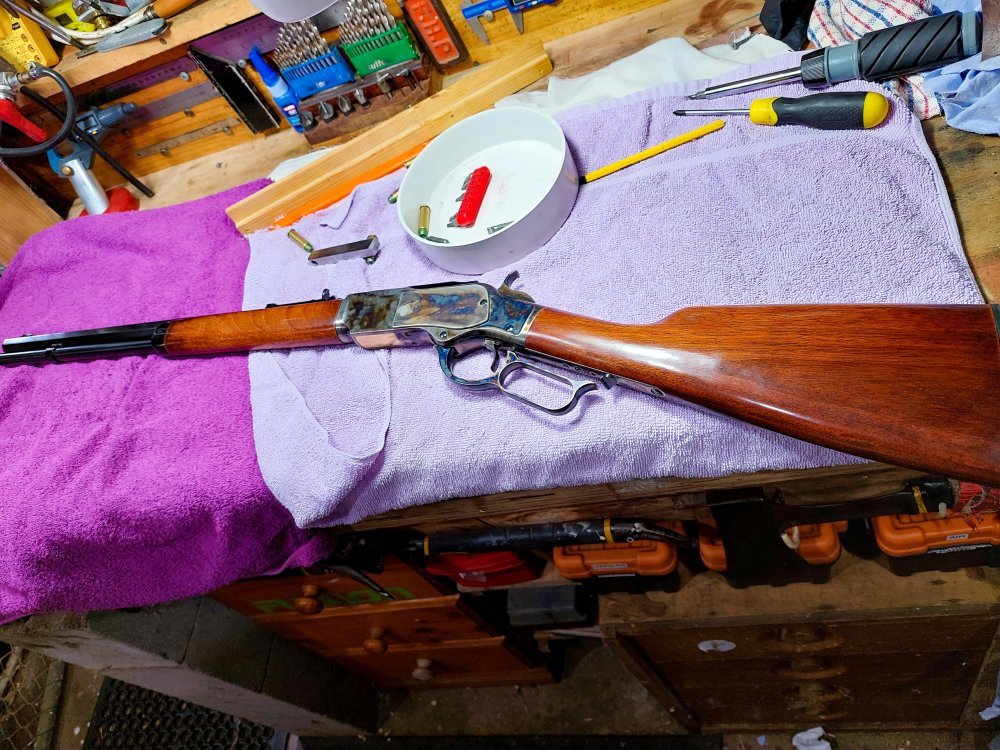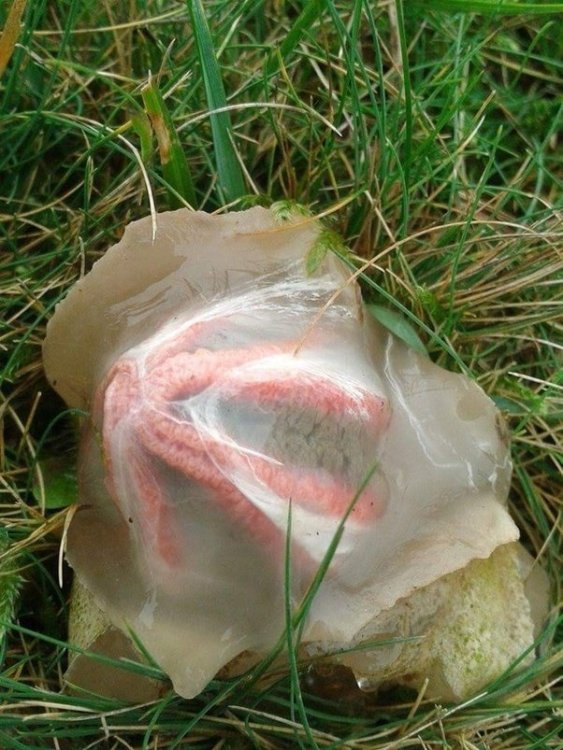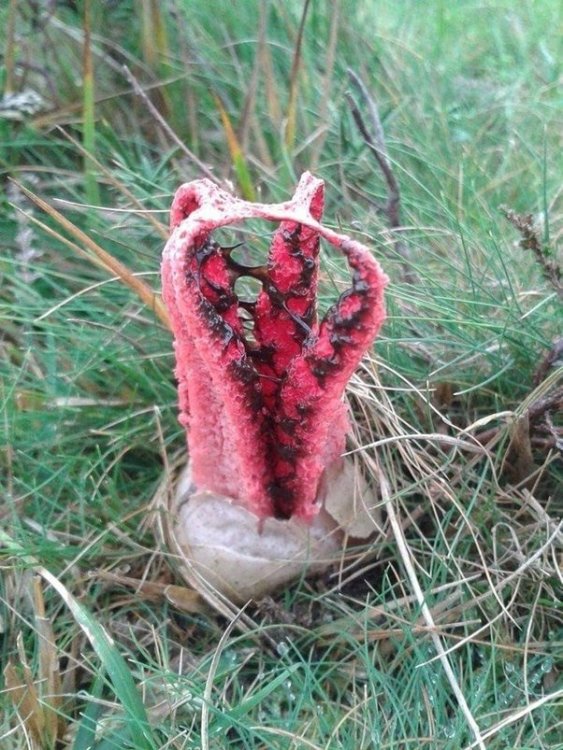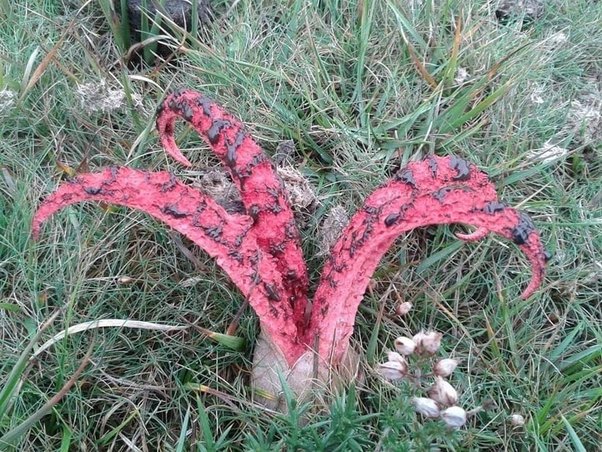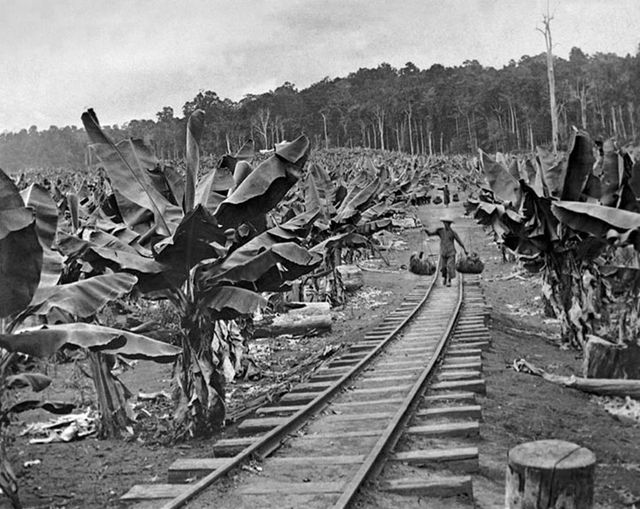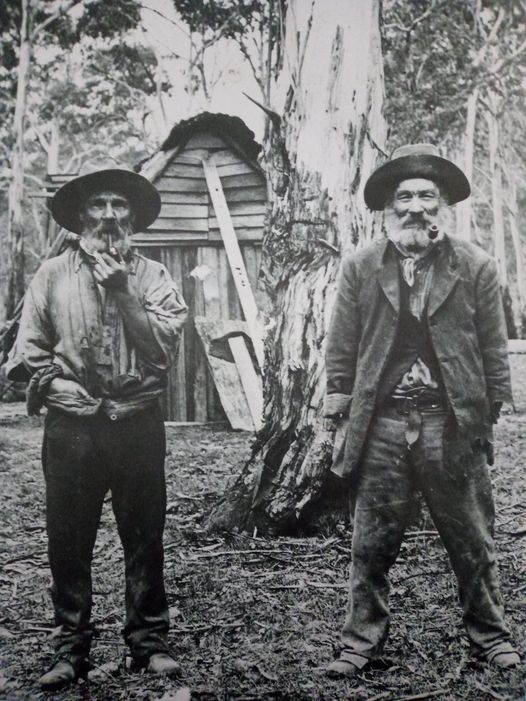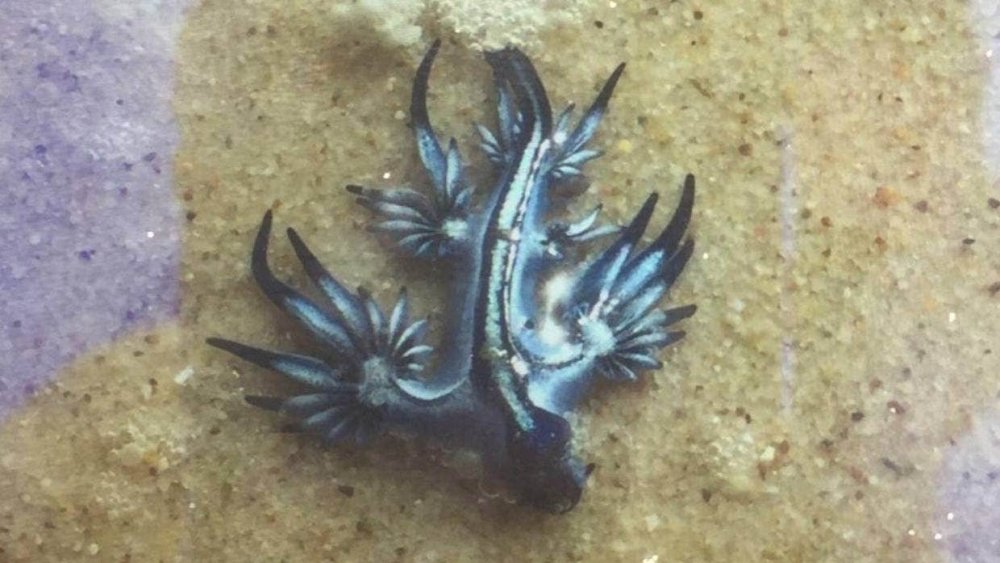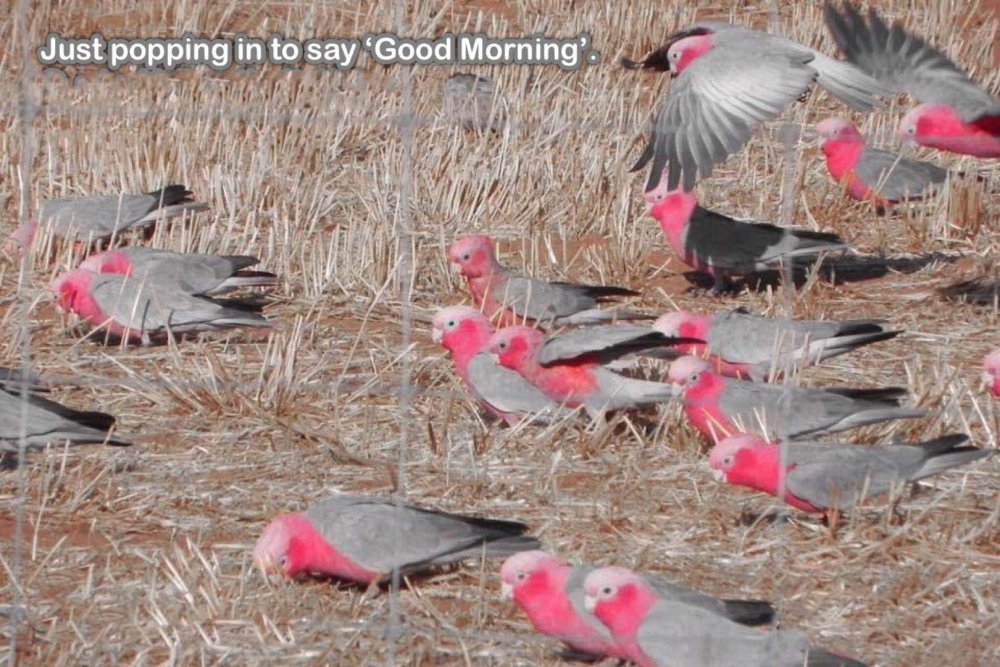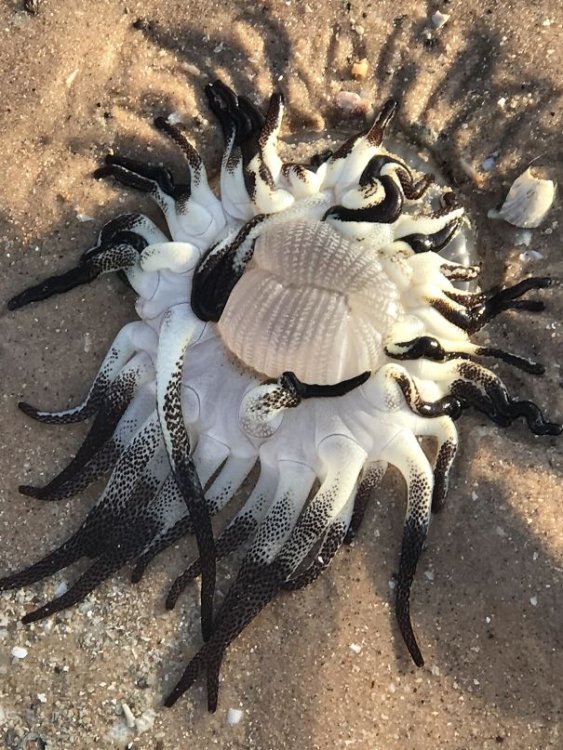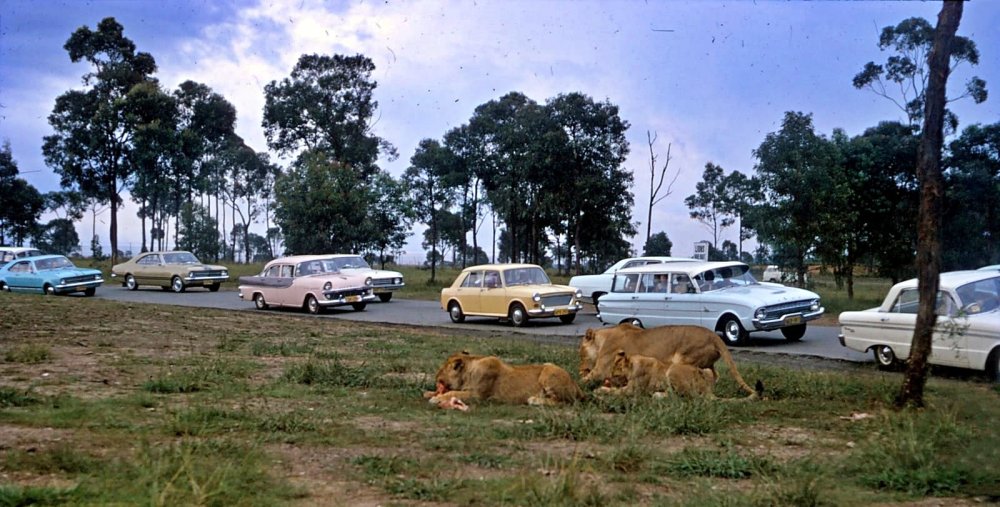-
Posts
8,856 -
Joined
-
Last visited
-
Days Won
74
Content Type
Profiles
Forums
Events
Everything posted by Buckshot Bear
-
-
-
It emits a vile putrid smell, about level with a rotting cadaver.
-
-
-
-
-
1878 Banana plantations in Queensland The banana is believed to be indigenous to the Malay Peninsula, Indonesia, the Philippines and New Guinea, but has been widely known beyond these areas for thousands of years. There are references to bananas in India as early as 600BC and they were growing in southern China as early as 200AD. >History of Bananas The first banana plants were brought to Australia by Chinese migrants, probably as early as the middle of the 19th century. In 1873 gold was discovered in the Palmer River area of far North Queensland, attracting Chinese miners. After 1878, many of the miners returned to coastal areas such as Cooktown, Cairns and Innisfail (then called Geraldton) and planted bananas, sugar cane, pineapples and other crops. Thesuccess of the plantations in North Queensland led to the establishment of trade with the southern colonies. Chinese fruiterers in Sydney supplied outlets locally and in Melbourne, Adelaide and Perth. The most popular banana, Cavendish, was bred in greenhouse conditions in the UK and arrived in Australia via Fiji where many of the Chinese merchants owned banana plantations. When tariffs were imposed on imported bananas there was an additional incentive to support the development of the local industry. In 1891, Herman Reich established the first New South Wales plantations in Coffs Harbour and the surrounding areas. Chinese merchants also began growing bananas around Mullumbimby. In the early 1900s, Chinese traders controlled over half of the banana trade in Sydney and Melbourne. Today bananas are grown commercially in Western Australia, New South Wales and the Northern Territory, but more than 90 per cent of the Australian crop comes from far north Queensland. Bananas can no longer be imported because of the threat of crop disease, so all the fruit you see in the supermarket is Australian-grown. AFT Image: Chinese banana plantation Queensland - Queensland State Archives
-
-
1879 First Greek fish and chip shop Athanassio Comino hailed from the Greek island of Kythera and arrived in Sydney in 1873. Accounts of his enterprise vary. Several newspaper articles have credited him with opening the first fish and chip shop in Australia. However, family accounts tell a different story. After arriving in Australia as a crew member on a sailing ship, Comino worked in the Balmain colliery. The story goes that he was walking down Sydney’s Oxford Street when hunger drew him to a fish and chip shop operated by an unnamed Welshman. He saw the opportunity to start a business and, in 1878, started his own operation in Oxford Street. This account has a certain credibility, as fish and chips had become popular in Britain in the 1860s. Fried fish was introduced in the 17th century by Spanish and Portuguese Jews fleeing persecution in their homelands, while chips most likely originated in Belgium. Charles Dickens talks in Oliver Twist (1839) of a “fried fish warehouse”, although the fish was perhaps more commonly sold by street vendors. Dickens was also one of the first to mention “chips” of fried potatoes. The first to open a business selling them together was probably a Portuguese Jew called Joseph Malin, who opened a fish and chip shop in London’s East End around 1860. (However, this is also open to question – some say Malin’s shop was opened in 1865 and he was pre-empted by a Lancashire entrepreneur, John Lees, in 1863.) What is clear is that Comino’s venture became successful. As well as the fish and chips, he profited from Australians’ appetite for oysters, expanding his business into a chain of oyster saloons and owning oyster leases. His brother Ioannis (John) migrated to Australia in 1884 to join him and, after Athanassio’s death in 1897, continued to expand the Cominos’ “empire”. Many family members followed the brothers to Australia and into the seafood business. John became known as the “oyster king” and the Comino name was attached to businesses throughout New South Wales and Queensland. Greek oyster saloons and fish shops evolved into the Greek cafés that became social hubs for many a country town or city suburb through the first half of the 20th century. AFT Image: Comino's Oyster Saloon, Lismore. Photo courtesy of Richmond River Historical Society
-
Well after you fella's handed the Pom's a defeat.....they HAD to find somewhere to dump the convicts......and here was as far away as they could get from England.
-
-
-
-
This one closed around 1991, can you imagine the litigation these days?
-
-
Nah snakes are ok, but on the other hand don't EVER brush up against one of these things whilst having a swim!!!!!
-
-
-
-
Holdens....the car of the people. They used to rust pretty easily from rain water let alone saltwater!
-
-
-
-
